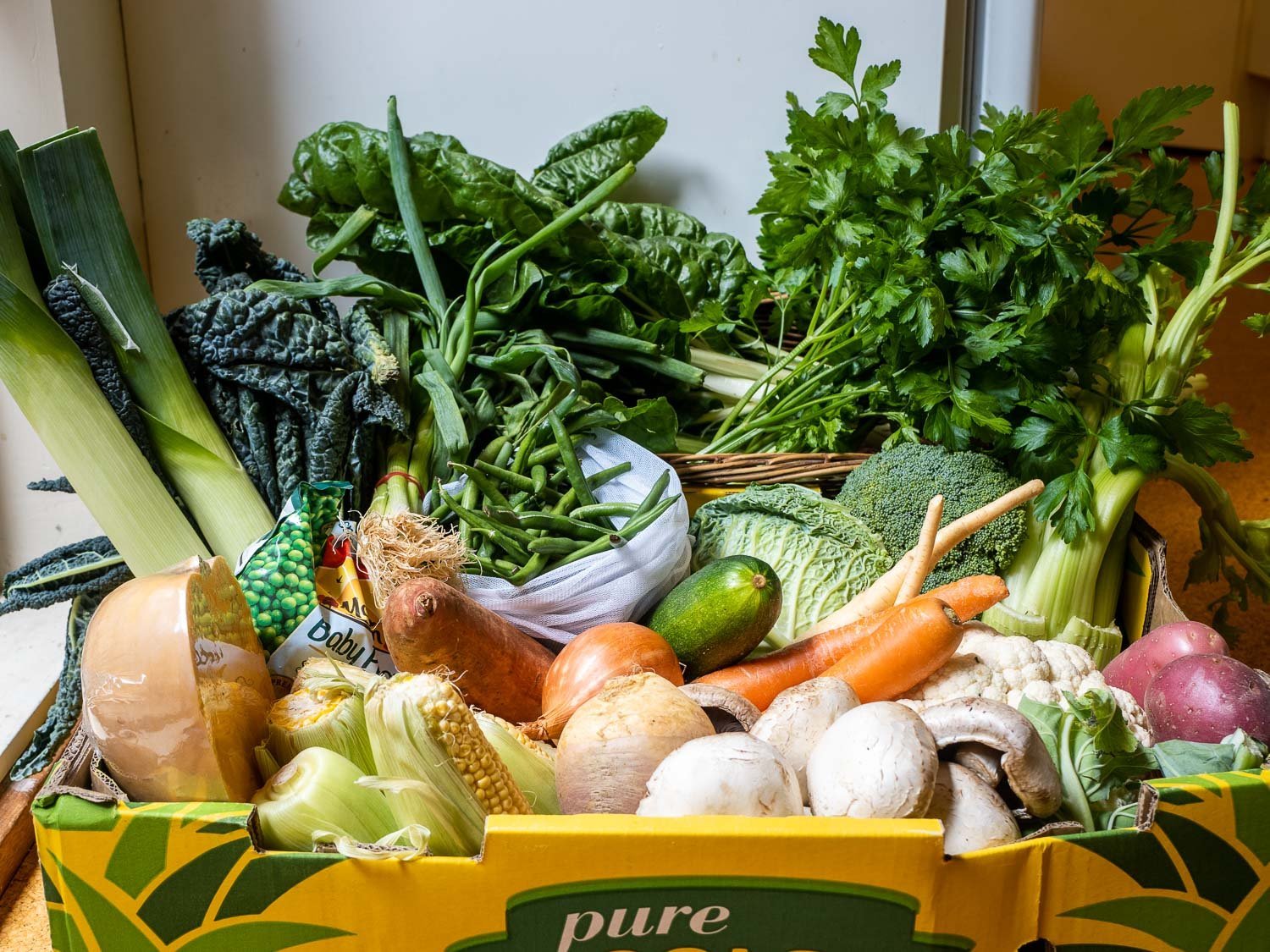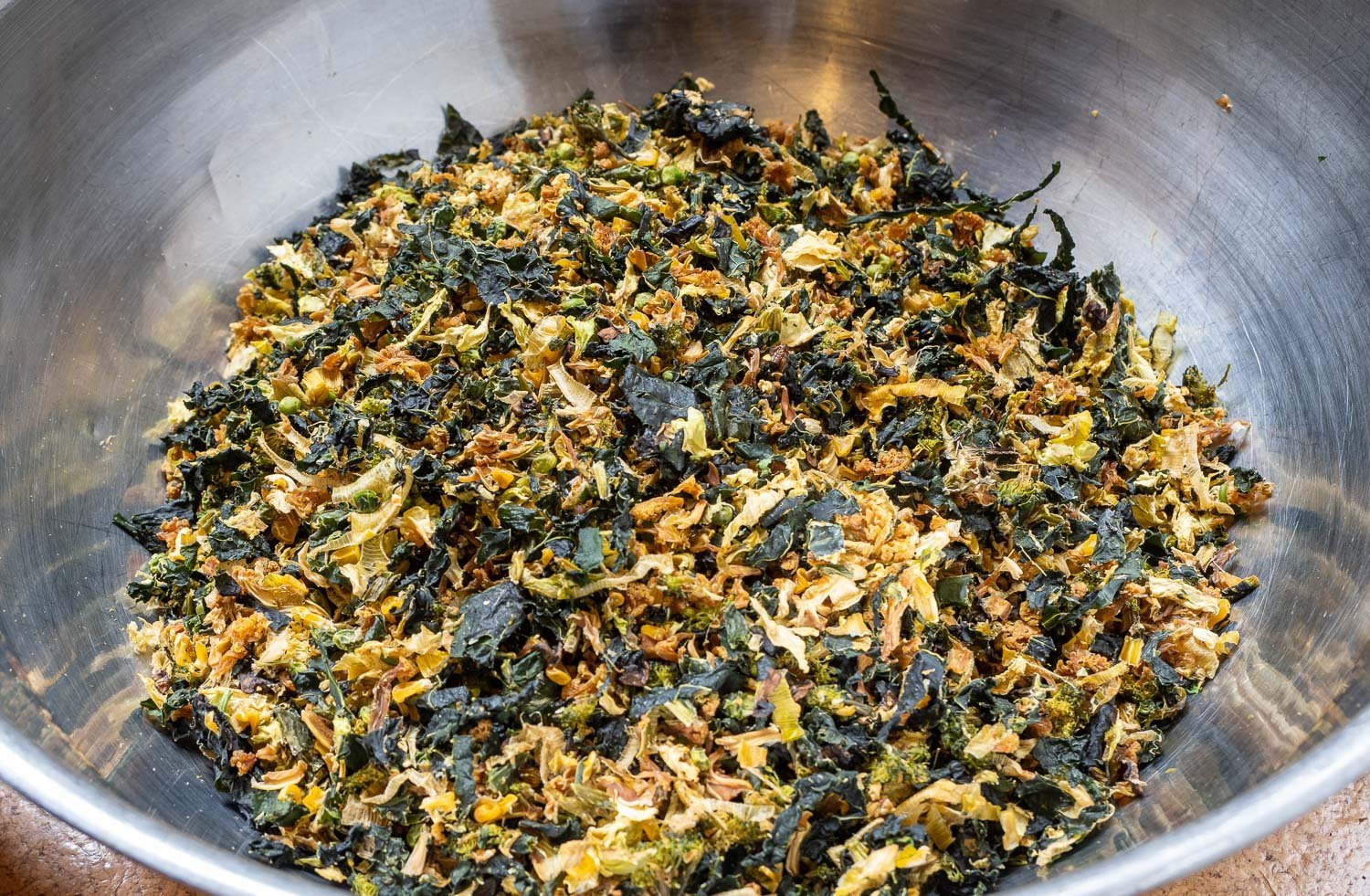6 Great Reasons to Dehydrate Camping Meals
Freezer bag cooking is a way of “cooking” on hiking trips where all you do is boil water and pour it into your dehydrated meal. By the time you finish setting up the tent and sleeping gear, your dinner is ready to eat. You can buy commercial dehydrated meals (some are delicious, others notorious) or you can make your own.
If you hate cooking, can eat anything without tummy upsets, see food only as fuel, and are cashed up, by all means skip this: just buy those commercial dehydrated backpacking meals. However, if you want to save money, meet specific dietary needs, and be certain you’ll love the taste, make your own. And when you love cooking like I do, it’s a no-brainer.
1. Taste, Greed and Variety
Geoff and I are unapologetically greedy foodies. Not for us mingy commercial serves: after a day of hiking, a hot, delicious, filling dinner is something we both look forward to enormously. What do you love to eat? Stews, soups, casseroles, pasta, rice, pulses – all can be adapted and the variety is endless. Our regular hiking meals include
Thai green chicken curry with green beans, cauli and rice noodles
Potato and artichoke soup
Savoury rice
Cauliflower cheese Mac
Vegetable curries
Japanese udon at Conical Rocks, Tasmania
2. Lighten the Pack
When you hike only a day or three, you can take fresh or even tinned food, instant rice, bacon, almost anything as long as you’re strong enough to carry them. But food becomes an incredibly heavy proportion of your pack weight when you hike for longer periods, and foods without water such as porridge, milk powder and crackers instead of eggs, milk and bread make a huge difference to your hiking because you’re not creaking under a laden pack. Even on a short walk, you’ll be carrying less. When meals for two are packaged and rehydrated together, couples save on packaging and space in packs. On our Walls of Jerusalem 11 days walk, we carried about 7 kg of food for two of us… and we did not go hungry.
The 7 kg of mixed vegetables in the box above reduced to just 700 grams of green vegetables
and just 325 grams for the root vegetables
One seventh the weight - whilst retaining the goodness!
3. Diet and Health
When you dehydrate your own meals, there are no nasty tummy surprises in the middle of the night. You eat food you’re familiar with, that you enjoy, and that your digestive system welcomes. You control EXACTLY the amount of salt, sugar, gluten, lactose and other potentially problematic ingredients. There will be no artificial colourings, flavourings or MSG unless you choose to add them.
Choose your own ingredients - Delicious vegetables, meat, herbs and spices: no nasty tummy surprises (the abomination that is shelf stable parmesan is optional)!
4. Convenience
All you need to do on the track is boil water. No scrubbing pots, no stuck food, no opening boxes or jars or cans. Just open your food bag, pour in boiling water, close with a peg and pop in a cosy for 20-30 minutes.
Breakfast noodles – just add mixed dried veg to the pot of cold water, bring to boil, add noodles and wait 5 minutes!
5. It’s Cheap(er)!
Commercial dehydrated meals are currently between AUD$10 and $18 per serve. Portions are often small – many people buy the two-person serve for one, and these are $16 plus. I made forty generous serves comprising bolognese, and chicken minestrone, that came out at just $4.65 per serve! There are some delicious, quality brands out there, but it gets dear fast if you are hiking often, or on long walks such as the Bibbulmun or AAWT.
40 meals exactly from the 7 kg box of veggies above plus 6 kg pasta and 3-6 kg of meat
6. It’s Easy!
If you’ve never dehydrated food before, it’s definitely worth trying if you enjoy cooking. It’s not rocket science! Once you understand the basic principles, you can adapt most casseroles, soups, pasta, rice and pulse dishes to a backpacking meal that will taste very similar, even if it looks different. And if you’re time or motivation poor, there are plenty of hacks like commercial powders and sauces - and there’s Helen’s blog on DIY Dehydrating for Noncooks to guide you as well.
If you decide this is something for you, read on for How to Adapt your favourite Recipes to make into Dehydrated Backpacking Meals.
An adapted Moroccan dinner in Tassie: lamb with peas, eggplant, couscous, pine nuts, plus coriander, parsley, currants, lemon zest and pistachios. Too hard? Buy a commercial sachet, cook, dehydrate, and pair with a commercial premixed couscous.








